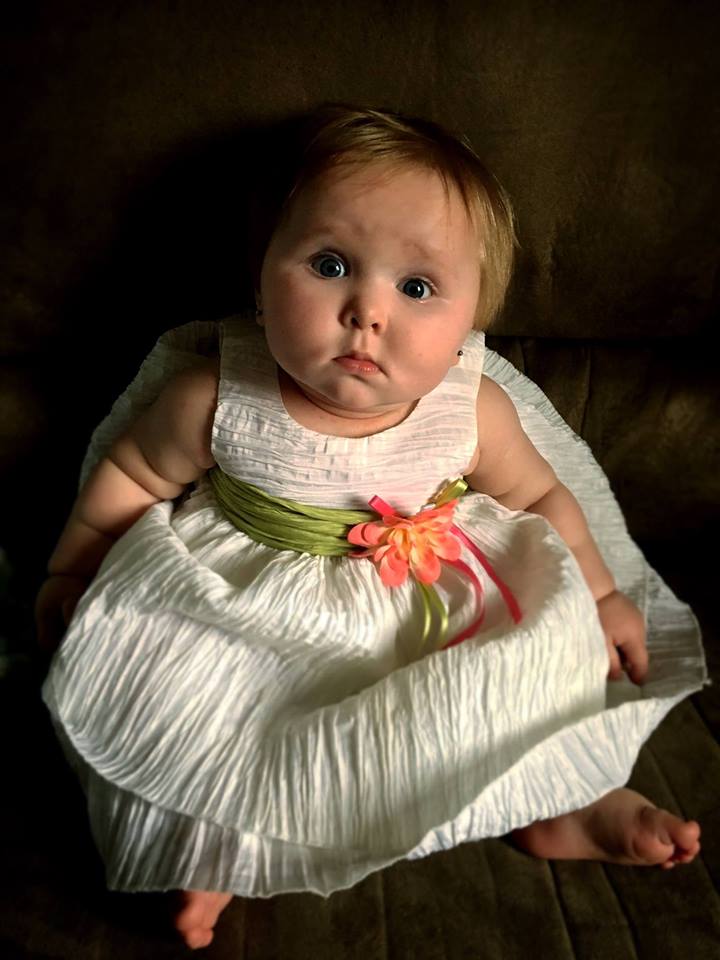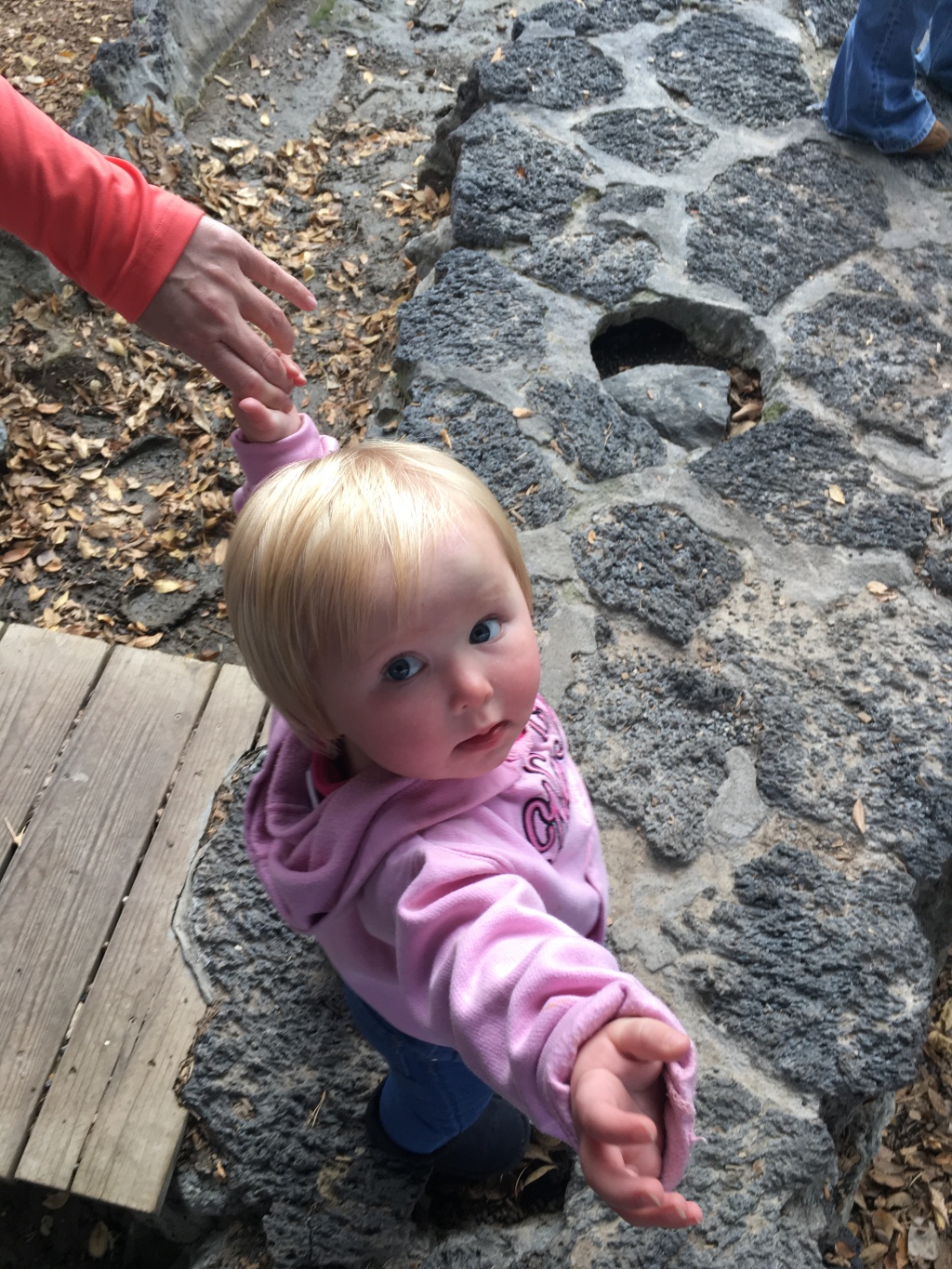By: Curtis Peterson ©
If I were to do my education all over, I believe that I would have dedicated my life to child psychology and study in infants, but at least as a social psychologist, I get to study and understand the social-developmental aspects of infancy. In fact right now is an exciting time in understanding the psychological and social life of a baby and parents can start capitalize on these findings. This article is aimed at providing parents with knowledge about the life of their infant, this is not an extensive article but will instead focus on findings in social-developmental psychology over the past 15 years. We are going to start with one premise, this premise I think parents – especially moms – have known for a long time, but only recently have been proven by science. That premise is:
babies have a much more complex and dynamic psychological world than they have traditionally been granted to them by society.
What makes this premise significant? Up until the last 15 years, it was believed that infants had a rather simple existence – sleep, eat, and poop – this belief was made on two assumptions. Assumption one is that our cognitive existence relied on our ability to symbolize the world via language. The second assumption was, since babies “act” more like lower forms of animals they must not have the full mental capacity to be entirely human. The problem with both of these assumption – at least from a scientific perspective – is that these assumptions were based on a reliance that required language to understand one’s mental world. Meaning that we had no way, until the past about 20 years, to understand and evaluate the mental world of infants and babies, which unfortunately was translated into those two false assumptions. However, thanks to technological advances and research methods that allows us to peer into the mental world of babies, we now recognize the complexity of an infant and babies mental life. Here are just some of the things that we have learned about infants in the last 15 years:
- Babies have moral discrimination ability that we can detect as early as four months of age.
- Babies – like adults – try to identify features of their environment that they have control over including:
- Rationality (making logical sense of a situation),
- Consistency (want to have a predictable experience),
- Efficiency (ability to find the most efficient method of solving a problem),
- Normality (preferring situations that are comfortable and avoiding situations that are out of the norm).
- Babies can identify the emotional states of others more accurately than adults.
- Babies can differentiate between adults that are good (i.e. a picture of Martin Luther King) versus bad (i.e. a picture of Hitler). Interesting this discrimination ability is present as early as four months but disappears as the child starts to master language around 18-24 months.
- Mirror neuron activation – the ability to experience the actions of others neurologically (think about last time you cried at a movie during an emotional scene that was your mirror neurons activating) – appears as early as three months of age. Neurons that are expected to analyze the emotional and psychological state of other (commonly referred to as the mentalizing system) begin to activate as early as six months. What does this mean? Infants and babies – at least from a brain activation perspective – are analyzing and predicting the mental and psychological state and well-being of others as early as six months of age.
- Babies have a fundamental understanding of mathematic principles and geometry. Again, something we start to lose as we develop language and start socializing in our education and learning environments. – For those individuals who think they are bad at math, you were better than you think at one point in your life.
Many more fascinating findings can be reviewed, but from the social-developmental approach, the ideas listed above are the concepts I would like to focus on from a parenting perspective.
 How many have heard the following conversation?
How many have heard the following conversation?
Well-intending person: “you really shouldn’t talk like that around your baby.”
Parent: “it is okay she can’t understand what I am saying”
What is the fallacy that the parent is committing? First, let us review some basics of communication 101. The first thing we know about communication is that it is about 90% how something is said and only 10% the actual words used. The 90% includes the tone, body posture, emotional state, and behaviors of the communicators. As mentioned in the above bullet points infants and babies can understand this 90% as early as four months of age and will interpret the behavior and emotional state as such. This means with no comprehension of language a baby understands what is being said by the way it is being presented.
I bring this point to light because as a psychologist I am often asked why a baby is “acting out,” or “throwing a fit,” and upon analysis of the situation it is almost always the infant reacting to the emotional and social world of the adults are them. Remember as pointed out above infants need – just like adults – rationality, consistency, efficiency, and normality. Just like adults when these cognitive needs are violated we act out, become stressed, and have anxiety – it doesn’t matter if you are an adult, a child, an infant, or a baby. Often I find that when the parent adjusts their behaviors and environment to meet these basic psychological needs, the “tantrum” and “misbehaviors” go away.
The second lesson we can learn from current studies of infants and babies is that they have a better moral compass than most adults. Sadly, when the child develops language we quickly socialize this natural moral ability out of children. But – Parents can use this knowledge to help develop an infant’s moral development. For example, most babies will develop some form a stranger aversion, meaning they can be slow to warm up to individuals who they have never seen or rarely see. This is normal, however, when a baby reacts to someone new – or someone they knew – in an extremely aversive way, it would be good advice to the parent to take a closer look at that situation. Per the studies that have been conducted on moral develop your child is seeing something dangerously aversive about that individual that you are not. It would be against my better judgment not to warn parents to not leaving their baby alone with that person.
While there is much much more to say about the mental world of infants and babies, I think for at least this blog this is a good place to stop. If you would like more information on the social world of infants, please fill out the form below with your question(s).



Leave a comment